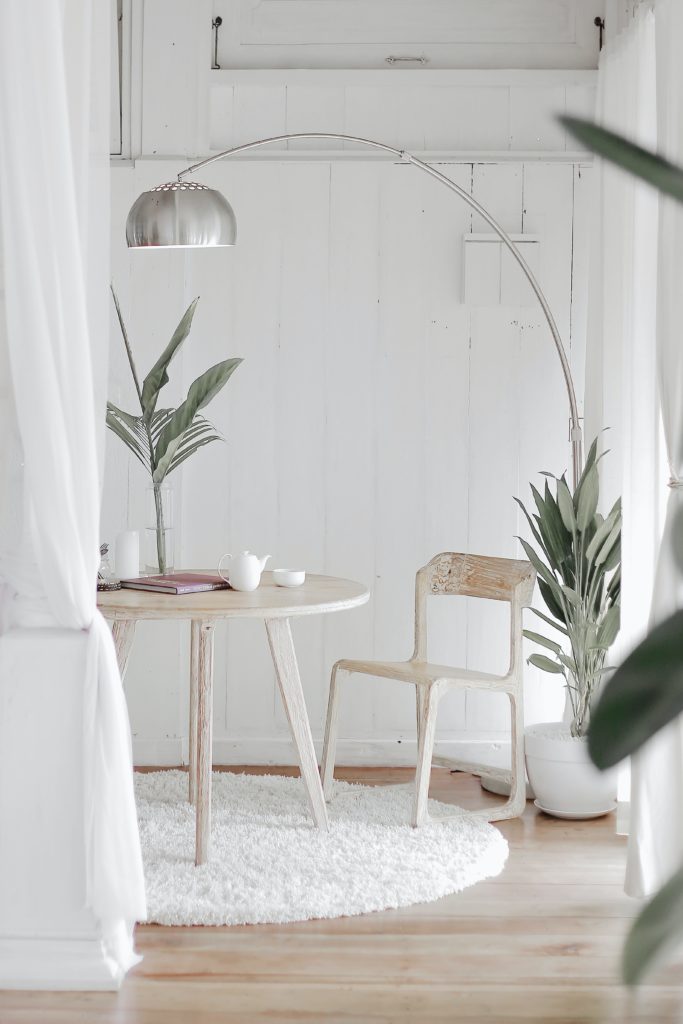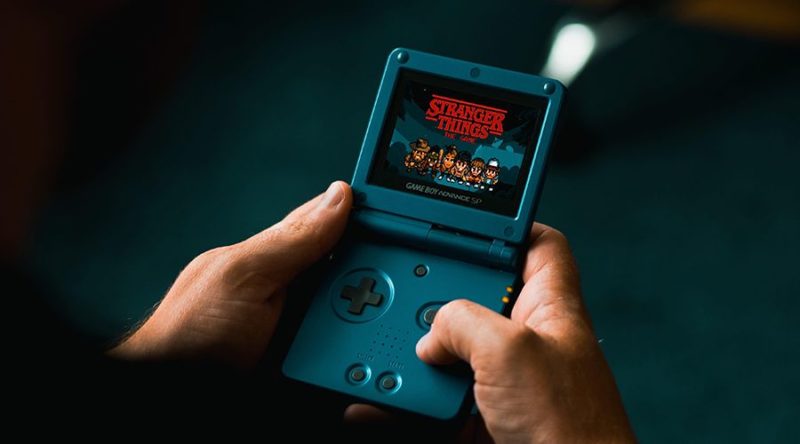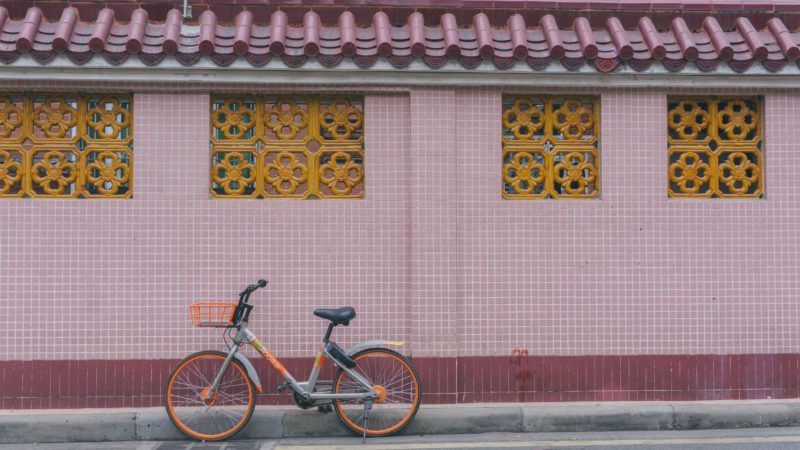Garishly bright wallpapers v minimalist styles
Stained carpets v sleek wooden floors
Patterned sofas v pallet furniture
Household styles and trends experience a massive transformation between one generation and the next. Just think about how your preferences towards your home décor varies from your parents, or even, your grandparents.
The post-90s generation, a combination of millennials and Gen Z in the West, will drive how the home is used and decorated in the future. With the innovation of smart products and more people working from home, the functions and role of the home will transform on a large scale.
So what trends are popular among post-90s Chinese consumers? And how do they compare to the same aged generation in the UK?
Chinese consumers – individual style

Post-90s Chinese consumers are unlike older generations in that they have had more opportunities to make decisions on their own. They care more about the function, quality, price, brand name and appearance of products and rely less on word-of-month than older generations.
Compared with their parents and grandparents’ preference towards traditional home decoration styles, those born after 1995 prefer to decorate based on their own personal taste in order to show their individuality. They prefer non-Chinese styles to decorate their homes, including Nordic (30%) and Japanese (21%) styles.
Chinese consumers – central role of technology

China’s young consumers rely heavily on social media – they have never known a world without the internet and have grown up with social media at their fingertips. They care about the appearance of products so that they can share what they buy on social media and find friends who have a similar taste to them online.
Due to the key role that technology plays in their lives, 70% of post-90s consumers would like to own a smart home where appliances and devices can be automatically controlled using a mobile or other wireless device. Intelligent products, such as fingerprint smart locks, remote controls and smart mirrors, are in high demand among Chinese consumers.
Nonetheless, 1/3 of young people are also environmentally conscious and have started using sustainable products which reduce waste, can be used long-term and save energy.
There are more and more occupations that allow young people to work from home, such as photographers, writers and creators. This has resulted in a different relationship with the home for many young consumers who will choose to decorate part of their home as a working area.
UK consumers – lower spending on the home

Home ownership among young people in UK is at an all time low due to higher prices and tighter credit regulations. On average, millennials in the UK spend 25% of their net income on housing which is over three times more than the over-70s generation spent when they were young.
Unlike other generations, millennials in the UK spend a smaller proportion of their disposable income on home decoration and over half prefer to spend their money on experiences, rather than materialistic objects.
However, as with Chinese post-90s, young UK consumers also value smart home technology in their homes but prefer to integrate this with artisanal items to create a modern, yet rustic, look. As such, UK millennials want their home to include natural materials, such as wood and stone, and handmade items and put a high focus on sustainability.
Young peoples’ smart and sustainable priorities
Among both young Chinese and UK consumers, the use of technology is popular to simplify the way their home functions and looks. Apart from convenience, young consumers are also looking to purchase smart home devices as they are interested in trying out new technology. Remote-controlled products will only increase in demand post COVID-19 as consumers seek contactless devices which are safer and more convenient.
The awareness of environmental protection has become more deeply embedded in Chinese consumers’ consciousness due to the introduction of recycling laws and the COVID-19 pandemic. As a result, sustainable or “green” consumption has seen growing popularity in China. Chinese young people are increasingly looking to highly efficient appliances to reduce their energy use and want to use sustainable and natural materials within their home, a trend which is also widespread among UK consumers.
Want to find out more about the home industry and take a sneak peak into Chinese homes?
Sign up to our live event China@Home with special guest Momo Estrella, the Head of Digital Design, China at IKEA.

If you enjoyed this piece and want to contribute an article to Dao, please get in touch with the team.









